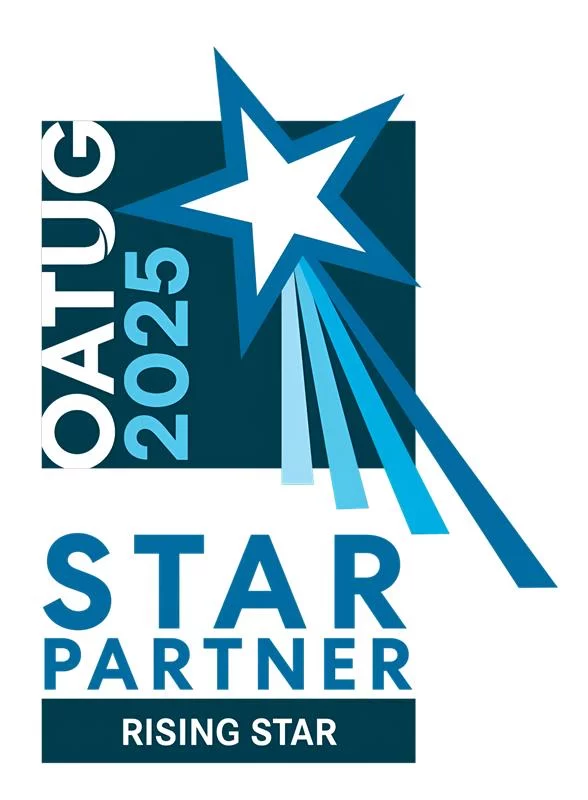As Robotic Process Automation (RPA) continues to grow in popularity, many organizations are establishing RPA Centers of Excellence (CoE) to manage and govern their RPA programs. In this blog, we will explore what an RPA CoE is, why it’s important, and how it can help organizations to maximize the benefits of RPA.
What is an RPA CoE?
An RPA CoE is a dedicated team within an organization responsible for managing and governing the organization’s RPA program. The CoE typically includes RPA experts, business analysts, and project managers who work together to ensure the successful adoption, implementation, and scaling of RPA throughout the organization. The CoE is responsible for developing and enforcing RPA standards, managing the RPA pipeline, and providing training and support to business units.
Why is an RPA CoE Important?
Establishing an RPA CoE is essential for any organization looking to implement RPA at scale. The CoE provides a centralized point of control for managing the organization’s RPA program, ensuring that RPA is implemented in a consistent and standardized manner. This can help to reduce errors and improve efficiency, leading to cost savings and increased productivity.
The CoE can also help to promote collaboration and communication between different business units and departments. By providing a shared set of tools and methodologies, the CoE can help to break down silos and enable teams to work together more effectively. This can lead to improved cross-functional collaboration and a more integrated approach to automation.
Finally, the CoE can help to drive continuous improvement and innovation in the organization’s RPA program. By monitoring and analyzing the performance of the RPA program, the CoE can identify areas for improvement and implement changes to optimize performance. This can help the organization to maximize the benefits of RPA and ensure that it continues to deliver value over time.
How to Establish an RPA CoE
Establishing an RPA CoE requires careful planning and execution. The following are some key steps to follow:
Define the RPA CoE’s goals and objectives
Identify the team members and define their roles and responsibilities
Develop RPA standards and best practices
Implement RPA governance and oversight processes
Provide training and support to business units
Monitor and analyze the performance of the RPA program
Continuously improve and optimize the RPA program
In conclusion, establishing an RPA CoE is essential for organizations looking to implement RPA at scale. The CoE provides a centralized point of control for managing the organization’s RPA program, promoting collaboration and communication, and driving continuous improvement and innovation. By following the key steps outlined above, organizations can establish an RPA CoE that delivers significant value and benefits over time.




